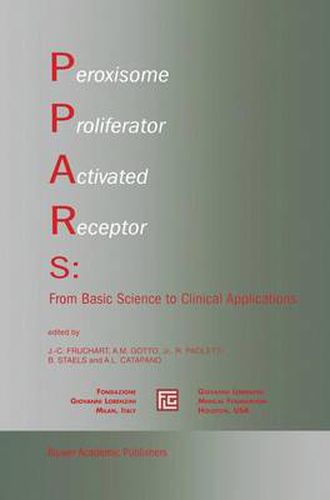Readings Newsletter
Become a Readings Member to make your shopping experience even easier.
Sign in or sign up for free!
You’re not far away from qualifying for FREE standard shipping within Australia
You’ve qualified for FREE standard shipping within Australia
The cart is loading…






This title is printed to order. This book may have been self-published. If so, we cannot guarantee the quality of the content. In the main most books will have gone through the editing process however some may not. We therefore suggest that you be aware of this before ordering this book. If in doubt check either the author or publisher’s details as we are unable to accept any returns unless they are faulty. Please contact us if you have any questions.
Peroxisome proliferator activated receptors (PPARs) attract great attention in light of the wide spectrum of genes of biological and medical relevance identified as under their control. As a consequence, our knowledge of the role of these receptors in physiology and pathology continues to grow at a fast pace and PPARs have become an interesting target for the treatment of many pathological conditions, including diabetes and atherosclerosis. This volume provides an authoritative view of the clinical and scientific developments within this evolving area of study.
$9.00 standard shipping within Australia
FREE standard shipping within Australia for orders over $100.00
Express & International shipping calculated at checkout
This title is printed to order. This book may have been self-published. If so, we cannot guarantee the quality of the content. In the main most books will have gone through the editing process however some may not. We therefore suggest that you be aware of this before ordering this book. If in doubt check either the author or publisher’s details as we are unable to accept any returns unless they are faulty. Please contact us if you have any questions.
Peroxisome proliferator activated receptors (PPARs) attract great attention in light of the wide spectrum of genes of biological and medical relevance identified as under their control. As a consequence, our knowledge of the role of these receptors in physiology and pathology continues to grow at a fast pace and PPARs have become an interesting target for the treatment of many pathological conditions, including diabetes and atherosclerosis. This volume provides an authoritative view of the clinical and scientific developments within this evolving area of study.